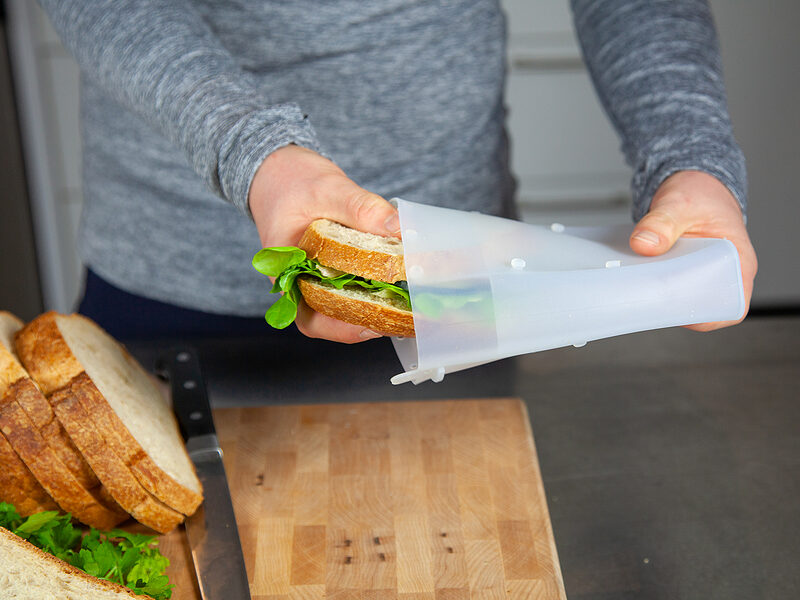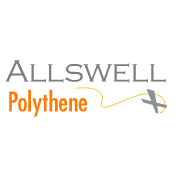
When it comes to modern packaging, ensuring the safety of the food we consume is of paramount importance. Food-safe plastics play a pivotal role in preserving the freshness and integrity of our meals. However, the term “food-safe plastics” encompasses a variety of materials, each with its own properties and considerations. To prevent any accidents from occurring, we will unveil the safety behind your food packaging, exploring what food-safe plastics are, their types, regulations, and best practices.
Understanding Food-Safe Plastics
Food-safe plastics are specifically designed and manufactured to come into direct contact with food without posing any health risks. These plastics undergo rigorous testing and adhere to strict regulations to ensure that they do not transfer harmful substances to the food they contain. To make informed choices about the plastics we use, it’s essential to understand the various types commonly found in the market.
1. Polyethylene (PE)
Polyethylene is a versatile plastic known for its durability and flexibility. It comes in various forms, including high-density polyethylene (HDPE) and low-density polyethylene (LDPE). HDPE is commonly used for bottles, containers, and packaging films, while LDPE is found in squeezable bottles and plastic wraps.
2. Polypropylene (PP)
Polypropylene is heat-resistant and highly versatile, making it suitable for food containers, microwave-safe packaging, and reusable utensils. Its stability at high temperatures makes it a popular choice for applications involving heating and cooling.
Regulations and Certifications
Singapore
The Agri-Food and Veterinary Authority of Singapore (AVA), which has since been integrated into the Singapore Food Agency (SFA), is the key regulatory body upholding stringent food safety standards in Singapore. Plastics intended for use in food packaging must adhere to SFA standards to ensure that they do not pose any health risks to consumers.
United States
In the United States, food-safe plastics are regulated by the Food and Drug Administration (FDA). The FDA sets stringent standards for materials intended to come into contact with food, ensuring they meet specific safety criteria.
Europe
In the European Union, the European Food Safety Authority (EFSA) oversees guidelines for the safety of materials in contact with food. Plastics must comply with strict regulations to receive EFSA approval, maintaining a commitment to consumer health.
Best Practices for Using Food-Safe Plastics
1. Choose Certified Food-Safe Bags
Start by selecting plastic bags that are explicitly labeled as food-safe or have relevant certifications. Look for symbols or labels indicating compliance with regulatory standards.
2. Mindful Microwaving
Not all plastics are suitable for microwaving. Look for labels indicating microwave safety, and if uncertain, transfer food to microwave-safe glass or ceramic containers.
3. Avoid Repurposing Non-Food Bags
Do not repurpose plastic bags that were not designed for food contact. Bags used for non-food items may contain harmful substances that can leach into food.
4. Scratch Awareness
Scratched or damaged plastic containers may harbor bacteria and compromise the safety of your food. Regularly inspect your plastic containers, discarding those showing signs of wear.
Conclusion
Food-safe plastics are essential for modern food packaging, providing convenience and preservation. By understanding the types of food-safe plastics, adhering to regulations, and adopting best practices, consumers can make informed choices that prioritize both safety and sustainability.
As Allswell Polythene, the leading sustainable supplier of wholesale plastic bags in Singapore, commits to enforcing these two aspects, our products are a testament to that. They’re made from high-quality plastic materials and are 100% food-safe and hygienic.
To enquire about our products or place an order, you can send us a message here.
